[Wanderlust Tips August 2018] In ancient times, people held their belief in religions to overcome their fear of natural disasters. Up to now, this belief has become deeply rooted in the minds of billions of devotees around the world, who direct their awareness, attitude, and behaviors towards their beliefs. Annually, millions of devotee pilgrimage to the holy land of their religions to show their sincere respect for the gods and pray for goodwill. Learning about crucial holy lands of the world is a good way to get to know the origins of major religions and cultural aspects of the lives of devotees from different religions.
[rpi]
1. JERUSALEM – THE HOLY SITE OF THREE MAJOR RELIGIONS
Located in the east of Tel Aviv, Israel, Jerusalem is one of the oldest cities in the world. Unlike other modern and bustling cities in Israel, Jerusalem bears an ancient beauty with religious sites. It is also the intersection of many cultures influenced by three major religions of the world: Islam, Christianity, and Judaism. This complication arouses an insecure feeling in many tourists about the separation and conflicts that may happen in this city. However, the devotees of these different religions here always live in harmony as they have one thing in common – respect and appreciation toward the Holy Land.
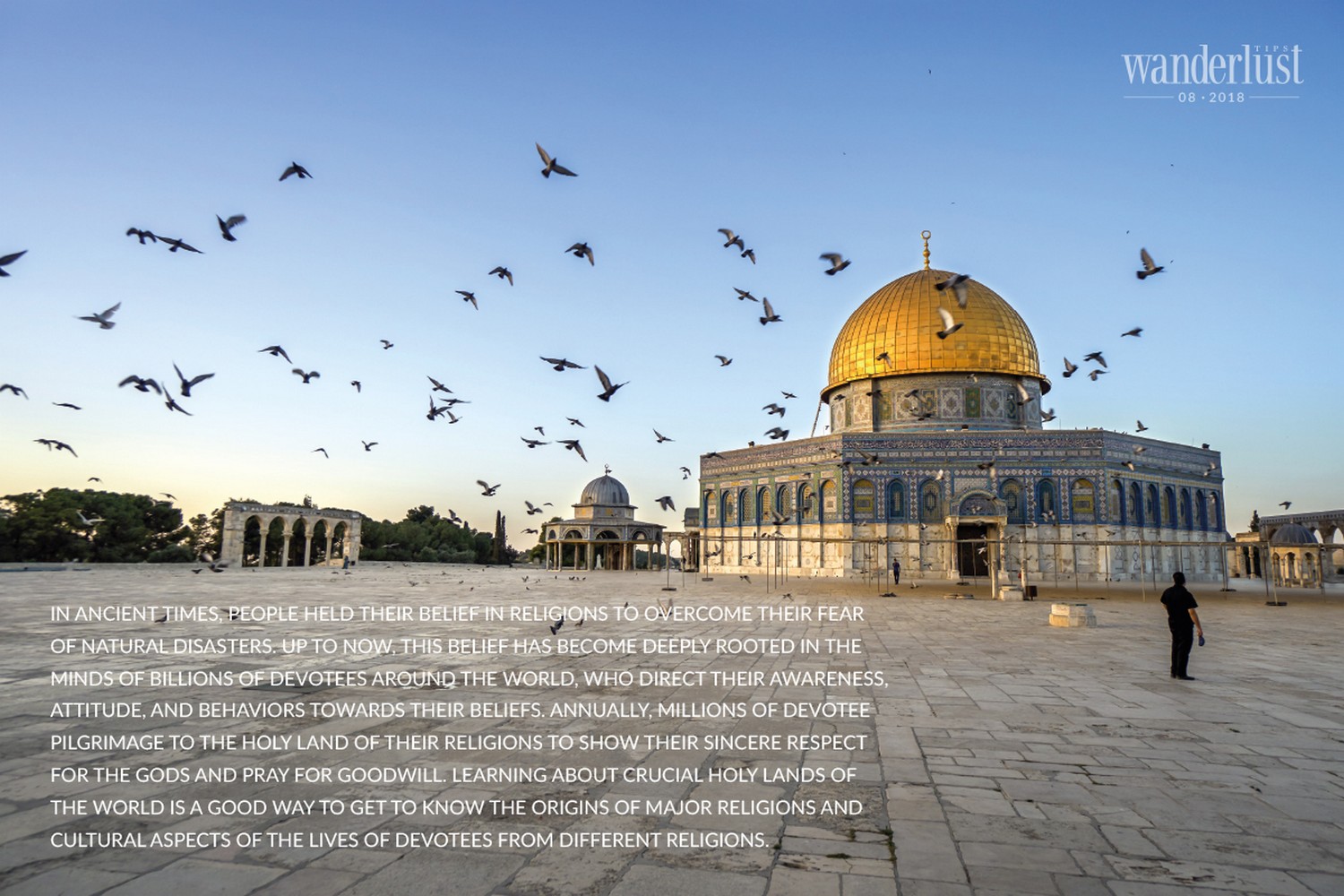
Founded in around 4000 BCE, Jerusalem has witnessed many ups and downs in its history. It has been destroyed twice, attacked, invaded, and rebuilt dozens of times. It is said that each layer of the soil in Jerusalem contains different parts of the history inside. And Jerusalem always bears shimmering and mysterious beauty as well as holy religious values.
The heart of Jerusalem is the Old City – the holy site of three religions. The Old City is surrounded by the Walls of Jerusalem, separating it from the modern Jerusalem. Small roads and structures divide the Old City into 4 sites: The Dome of the Rock and al-Aqsa Mosque for Muslims, the Church of the Holy Sepulchre for Christians, the Temple Mount, and the Western Wall for Jews, Armenians’ area. An area of 1 square kilometre, this place is home to the most important pilgrimage sites of three key religions: Islam, Christianity and Judaism.According to historical data, more than 3,000 years ago, David chose Jerusalem as the capital of Israel. Then his son Solomon, who ruled the kingdom from 970 to 931 BC, was the builder of the First Temple in Jerusalem. Therefore, the Jews consider this place the Holy land, where the Western Wall, the last remnant of the first temple of the Jews after it was destroyed by other regions and nations, is located. Every Christian in the world devotes his heart to the Old City of Jerusalem, where Jesus was crucified on a cross. According to the New Testament, this place is also considered as the Golgotha (or Calvary) where Jesus was buried and resurrected after three days. Today, the Church of the Holy Sepulchre is a popular place where many Christians from around the world come to visit.
According to the Qur’an, Jerusalem is the place Prophet Muhammad visited during his Night Journey and ascension (called Isra’ and Mi’raj) to pray for the souls of all prophets. Therefore, it is where Muslims often visit, especially during Ramadan. Not far away, the Dome of the Rock is believed to be the place where Prophet Muhammad flew to heaven on a winged horse. Therefore, Jerusalem is the third most important site of Muslims, after Mecca and Medina in Saudi Arabia. Al-Aqsa Mosque, among the earliest temples of Muslims, is also located in the Old City.
2. MECCA – THE HOLIEST SITE OF MUSLIMS
For the Muslims, Mecca is considered as the holiest site in the world. It is believed to be the birthplace of Prophet Muhammad and the Centre of the Earth, Theory and Practice. The law of Saudi Arabia only allows “true” Muslims to enter the city. Mecca (Makkah al-Mukarramah), located along the Sirāt Mountains, Saudi Arabia, is the spiritual centre of the Muslim religion. Annually, during the month of Ramadan, Muslims from around the world come here to pray for goodwill. One of the reasons why Mecca is considered the holiest site for Muslims is The Kaaba (The Cube), built around the Black Stone. It was also the first place in the world to be used as a place of worship by Muslims, and considered the House ofAllah. Many Muslims even believe that this place was built before Islam was established. Kaaba is also the place where Muslims around the world have to face toward when praying.
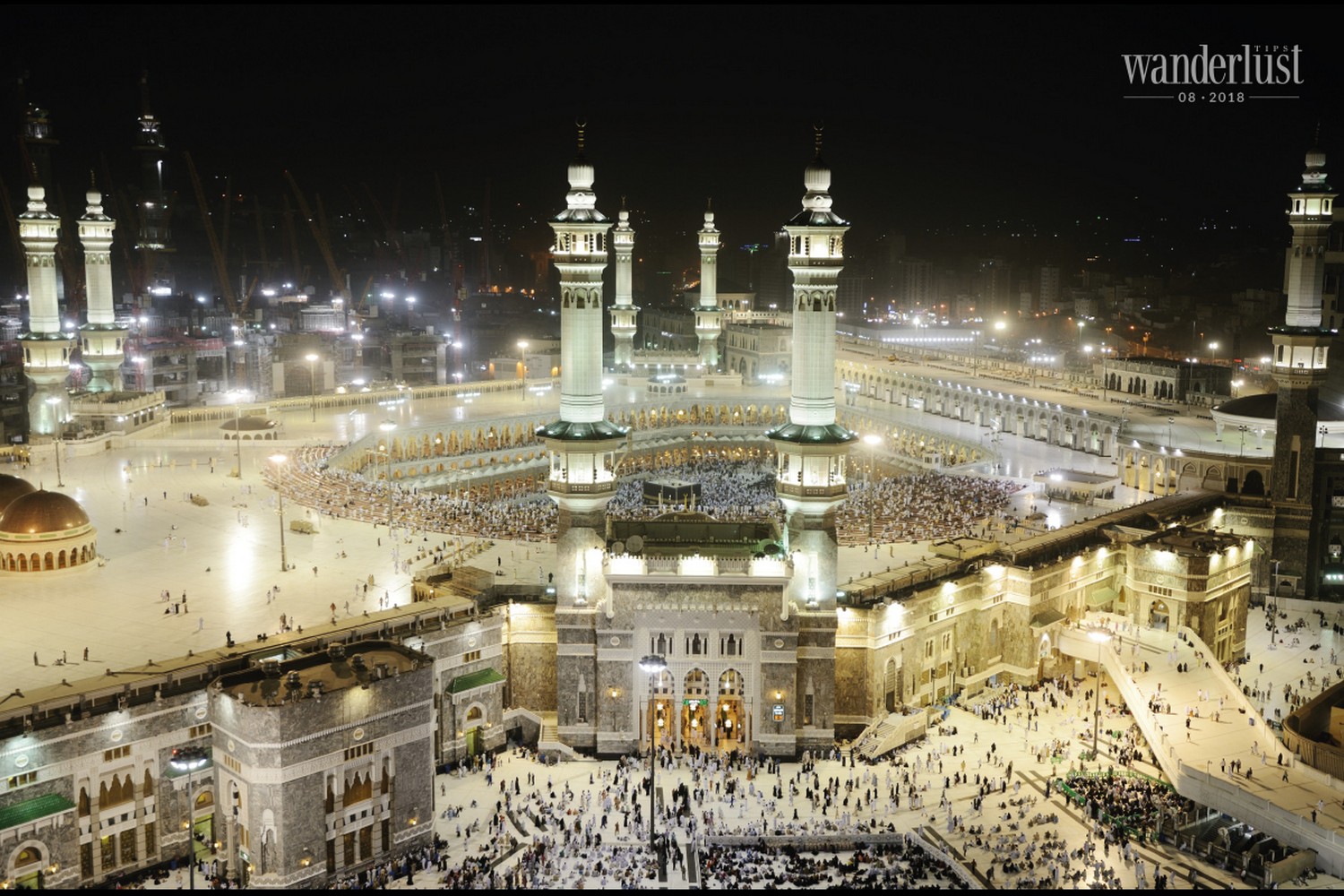
Being a sacred site of the second largest religion in the world, Mecca welcomes millions of pilgrims and tourists every year and has become a popular destination in the Middle East. All Muslims must follow five duties, often called “The Five Pillars of Islam”: Shahada, Salah, Zakāt, Sawm, and Hajj. Therefore, annually, millions of Muslims travel to Mecca to complete the Hajj, which requires them to make the pilgrimage to Mecca and surrounding holy sites at least once in their lives. It is obligatory that people spend their own money to do the Hajj. The Hajj takes place in the final month of the lunar Islamic calendar. During the Hajj, Muslims need to go around the Kaaba seven times in a counterclockwise direction. Although many fatal accidents happen annually in this occasion, the number of pilgrims flocking to Mecca has never decreased.
Besides the Great Mosque of Mecca, which is also called Al-Masjid alHaram, with the sacred Kaaba, one of the crucial holy sites in Mecca is The Cave of Hira, about 3 kilometers from Mecca. Muhammad is said to have spent a great deal of time meditating in this cave. It is also believed that he received the first revelations of the Holy Quran from the archangel Gabriel here inside this cave. Mecca remains in pilgrims’ minds through beautiful sights, religious culture, and the customs of Islam. The influences of religion on the nation’s laws and the customs of local people are very noticeable. In Mecca, you are not allowed to perform any rituals that refer to other religions, other than Islam. Women must wear a simple white dress and cover their faces with a scarf. Meanwhile, men are not allowed to wear shorts in public. LGBT (lesbian, gay, bisexual, and transgender) relationship is considered illegal here. Any behaviors relating to LGBT will result in severe punishments.
3. VARANASI – THE CITY OF LIGHT
Referring to India, people usually think about the Ganges River and the ancient civilization that is still preserved up to now. It is advised not to miss out on Varanasi, the holy land of two major regions: Hinduism related to the mysterious Ganges river and Buddhism which is related to Sarnath – one of the four most important Buddhist pilgrimage destinations.
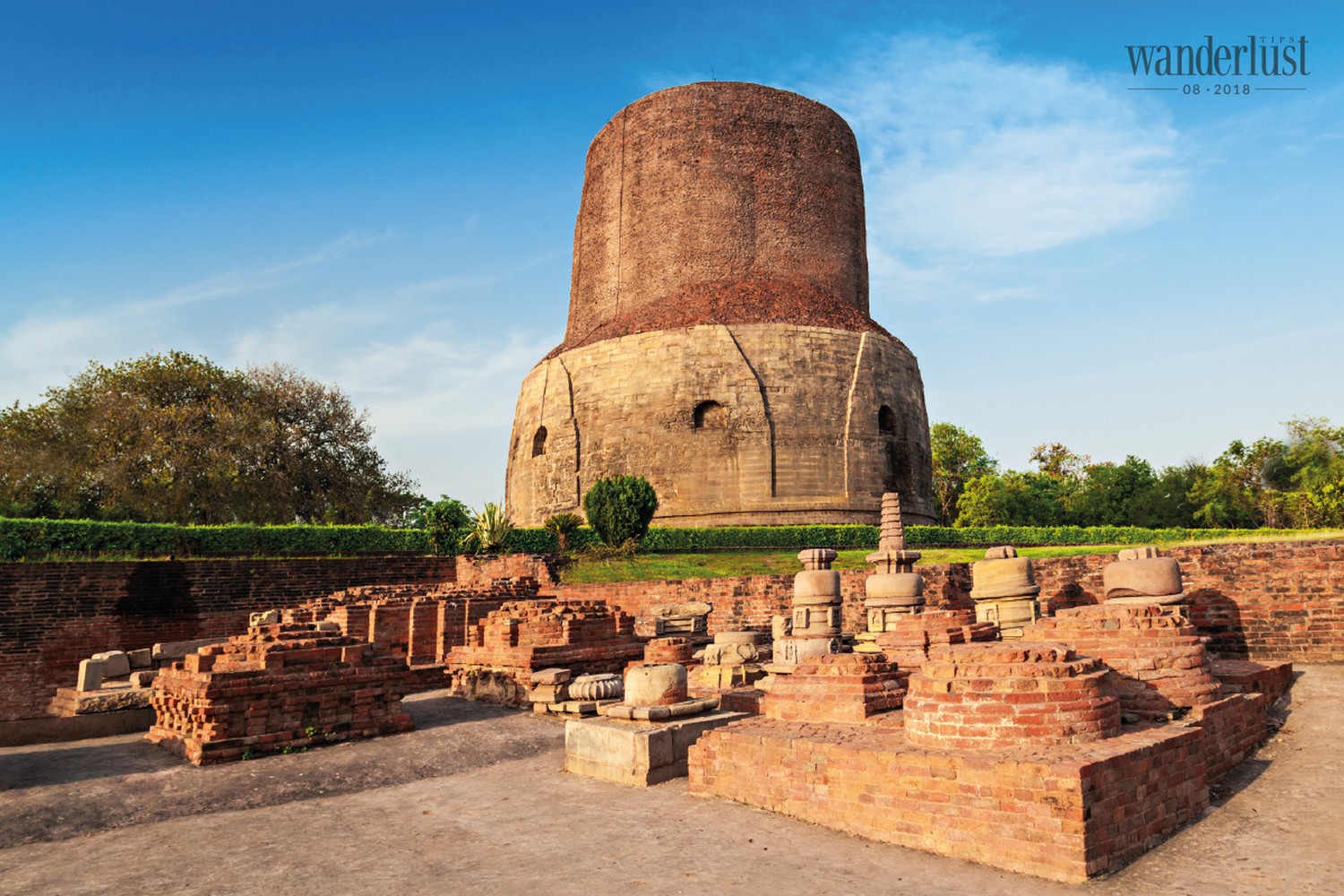
Legend has it that the Ganges River descends from the heavens and flows down to the earth through Shiva’s hair. It is believed that the Ganges River originated from the Heaven, and The Himalayas is the cradle of the earth. Varanasi is located by the Ganges River and there are many Ghats along the banks. In Hindi, “Ghat” refers to the steps leading down to a body of water; particularly a holy river. In Varanasi, there are 87 ghats, most of which serve the need for bathing, while others are used exclusively as cremation sites like Manikarnika Ghat, one of the holiest among the sacred riverfronts (ghats), alongside the Ganges River. It is said that if the deceased person is cremated here, his soul will rest forever. For centuries, it is believed that cremations at Manikarnika Ghat will help people escape from the weary cycle of reincarnation.
In addition to the Ganges River, another attraction in Varanasi is Sarnath (the Garden of Spiritual Wisdom), located 10 kilometres north-east of Varanasi. It is one of the four most important Buddhist pilgrimage destinations.
The magnificence and holy atmosphere of The Dhamek Stupa never fails to amaze people visiting this place. This is a crucial work, which was the site of the Buddha’s Dhammacakkappavattana Sutta, his first teaching after attaining enlightenment, also the most magnificent stupa in this Garden of Spiritual Wisdom. It was built by King Asoka; its current height is 31.1 metres and its diameter is 28 metres. Built on a high basement, the stupa appears more majestic and dignified.
Today, there are over 2,000 temples in Varanasi city. The diversity of architectural style of temples here reflects the strong influences of religious culture. This city is also famous for the Bathing in the Ganges River Ritual, which is one of the greatest religious merits during the 3-month Kumbh Mela. Kumbh Mela is held every three years to commemorate the battle between the Devas and Asuras for Amrita, the drink of immortality. In the legend, the amrita was spilled at four places, and today the Kumbh Mela is celebrated at these places alternately.
In addition, when travelling to Varanasi, do not miss the chance to enjoy the food featuring typical flavours from this holy land. There are many good restaurants by the Ganges River; you can try the fascinating flavours of dishes while admiring the river and beautiful sunrise.
4. BODH GAYA – WHERE GAUTAMA BUDDHA OBTAINED ENLIGHTENMENT
Four main pilgrimage sites of Buddhism in India are associated with four major events in the life and Teachings of Gautama Buddha. These four main pilgrimage sites include Lumbini – the birthplace of Gautama Buddha, Bodh Gaya – where the Buddha received enlightenment, Sarnath – where Gautama Buddha delivered his first teaching, and Kusinara where Gautama Buddha died and attained Parinirvana. However, Bodh Gaya is the holiest site for pilgrims.
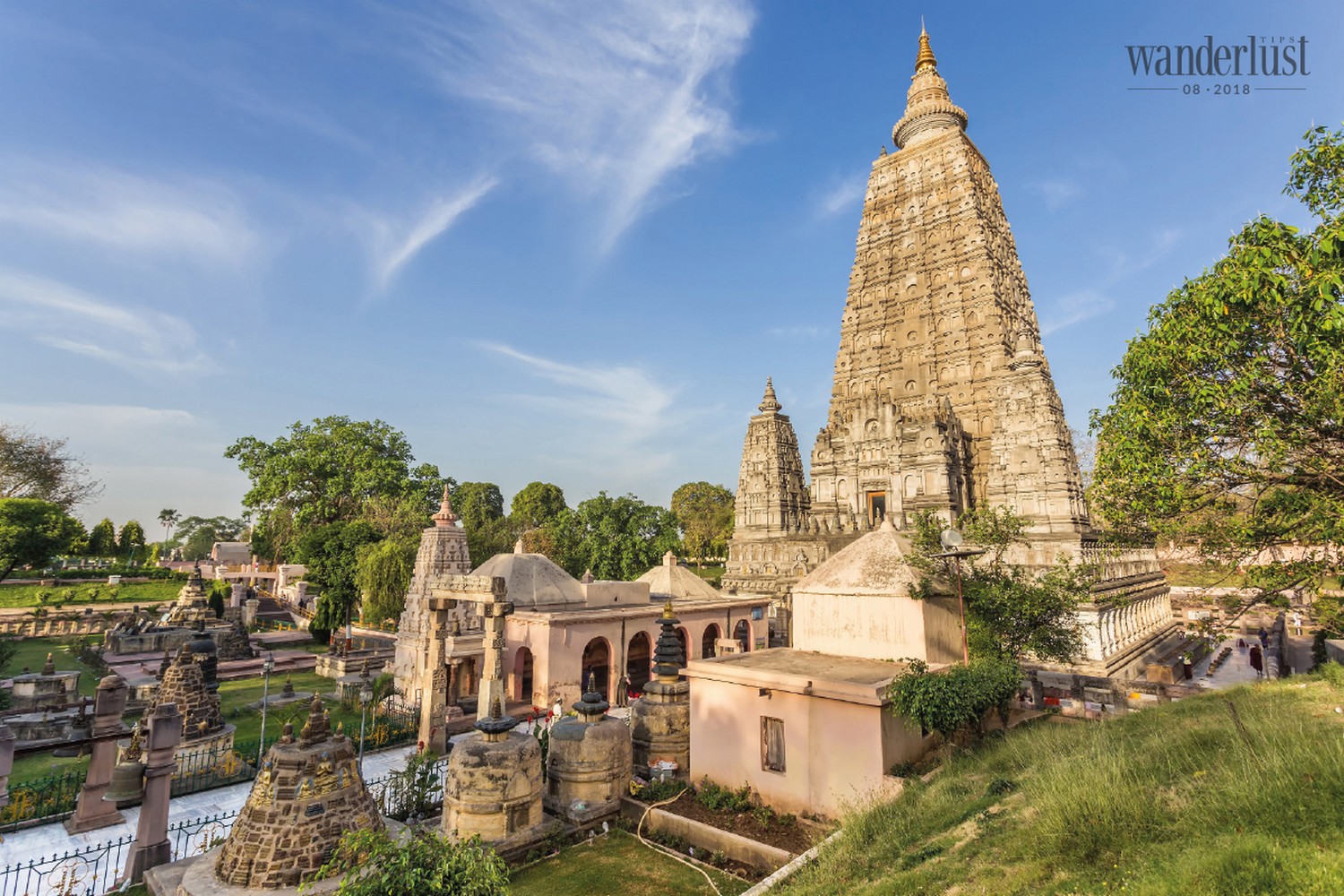
Bodh Gaya, located to the west of Nairanjana river bank in Gaya town, Bihar state, is a famous destination for those who wish to find peace of mind and awake the sense of right and wrong. Bodh Gaya is known as Buddha Land, where Gautama Buddha obtained Enlightenment 2,500 years ago.
Bodh Gaya has long become the cradle of cultural history of Buddhism, and is a place of pilgrimage where all Buddhists wish to visit once in their lifetime. Surrounding Bodh Gaya, there are stupas and large stone pillars built by Buddhist from India, China, and other countries when they travel to admire this holy site. The Bodhi Tree in Bodh Gaya represents knowledge and enlightenment, and Indians believe the tree has great sacred significance and that it is the abode of the gods. It gains even more respect and admiration because it is believed to be the place where the Buddha attained enlightenment.
Located 200 metres from Bodh Gaya to the east, there is a dry river called Lilajan river or Niranjana river by the local people, flowing in the northeast-southwest direction. It is said that Buddha bathed in the nearby Lilajan river after attaining enlightenment. The Indian government built a bridge crossing this sacred river to provide easy access for visitors when they come to visit Buddhist sites near Bodh Gaya. From the bridge, tourists can admire some Buddhist sites such as The Mahabodhi Temple, Gayasisa hill where Gautama Buddha stayed, and the scenes of daily life of the residents.
Gautama Buddha said that anyone visiting these four main pilgrimage sites of Buddhism will be merited with a feeling of spiritual urgency and dismay. Moreover, any pilgrim that can gain unshakable faith, joyful, and peaceful mind after admiring these holy sites will receive the blessings to live a life of tranquility. Many pilgrims stay in Bodh Gaya for long periods of time to meditate, because it is where Gautama Buddha attained enlightenment under the Bodhi Tree. They believe practicing meditation in the Holy land is a merit, and they will receive blessings from Buddha.
5. VATICAN – THE POWERFUL CENTRE OF THE CATHOLIC CHURCH
Located in the heart of Rome, Italy, the Vatican city with an area of 44 hectares and a population of 1,000 people is one of the smallest countries in the world. However, it is the Holy land of Christianity, where the Pope lives, and is also considered as the centre and symbol of Western culture. It is home to valuable architectural art from the Renaissance era. It is hard to find any architectural ensemble that is as marvelous as the Vatican City, the pride and the place where all Christians face when they pray.
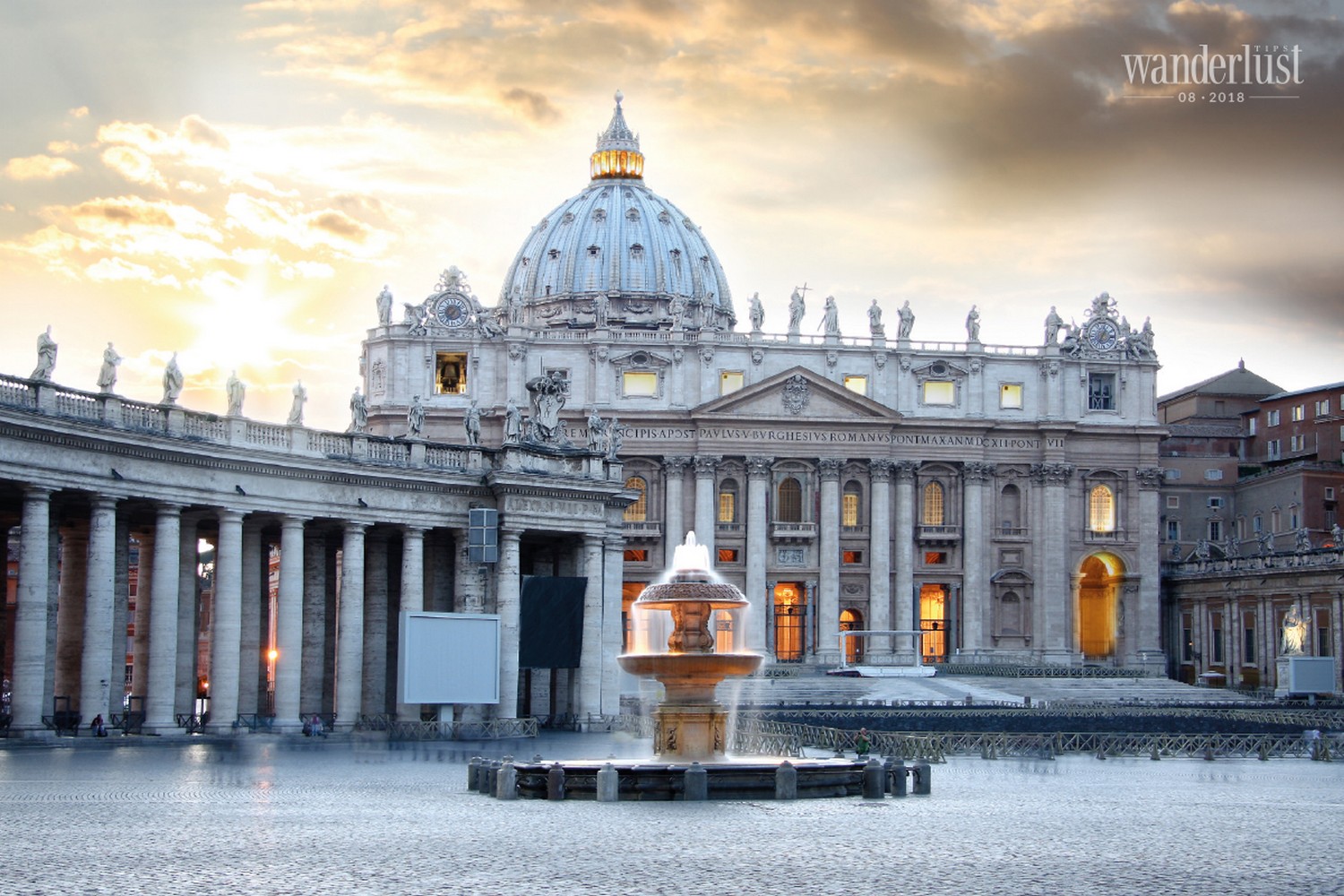
Considered as the pilgrimage land of Christians, anyone visiting the Vatican city wishes to admire the masterpieces bearing the Renaissance features of famous talented artists of Italy such as Michelangelo, Raphael, Bramante, and Bernini. Here, every single small detail is a masterpiece. Therefore, the Vatican is always crowded with visitors from around the world, especially on religious occasions.
For Christians, one of the must-do things in their life is to travel to the Vatican to see the Pope at St. Peter’s Square. Separated with the surrounding area by high walls, the Vatican city is considered as the powerful centre of the Catholic Church, and has influences towards billions of devotees around the world. Holy sites in the Vatican include St. Peter’s Basilica, the Sistine Chapel, and the Vatican museum. In addition, the Vatican has many other works of art. After many ups and downs of history, these works of art remain intact and bear an extraordinary appeal to visitors.
Unlike its widely known influences to the world, the internal affairs of the Vatican is kept in secret. Many people even consider it a mysterious country, although some places here are really accessible. Tuesdays, Thursdays, and Fridays are the best days to visit the Vatican. You should avoid coming here on the weekends as it is very crowded. And do not worry too much about the dress code, as long as you dress elegantly and politely.
Oanh Kim | Wanderlust Tips

